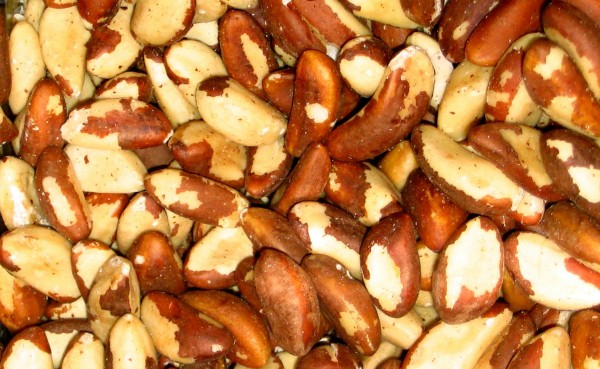Brazil nut price rises – a case study of demand and supply
 Food prices often rise or fall with good or bad harvests or because of a change in demand. A recent example is the price of brazil nuts, which by May this year had risen over 60% on European markets.
Food prices often rise or fall with good or bad harvests or because of a change in demand. A recent example is the price of brazil nuts, which by May this year had risen over 60% on European markets.
Part of the reason for the price rise has been on the demand side. Consumption of brazil nuts has increased as more people switch to healthier diets. This includes the purchase of the nuts themselves and as part of healthier snack foods. With supply being relatively inelastic, any rise in demand tends to have a relatively large effect on price.
A more acute reason is on the supply side. There has been a very poor harvest of brazil nuts. The nuts are grown largely in the Amazon basin which has been hit by drought linked to the El Niño effect. This, however, is only a temporary effect and future harvests should increase again as rainfall returns to normal. However, in the longer term, rainfall patterns may change with the effects of global warming.
The price rise in the UK has also be aggravated by the depreciation of the pound since the Brexit vote, which has fallen some 13% against the dollar since June 2016. A rise in the dollar price of brazil nuts has thus led to an even bigger rise in their sterling price.
Articles
Brazil nuts are rocketing in price – here’s why The Conversation, Iain Fraser (24/10/17)
Brazil nut prices soaring due to reduced harvests after droughts Independent, Zlata Rodianova (16/5/17)
Data
Index Mundi commodities Linked from Economics Network site
Commodity Markets World Bank (see Excel file of monthly prices)
Questions
- Explain the specific supply conditions that have affected the price of brazil nuts in 2017.
- Why did prices rise ahead of the change in supply?
- How has the size of the price rise been affected by the price elasticity of demand for brazil nuts?
- What determines the price elasticity of demand for brazil nuts?
- Find out what other food prices have risen or fallen a lot in recent months and explain why.
- How do real food prices (i.e. prices after correcting for inflation) compare today with 10 and 20 years ago? Explain why.
